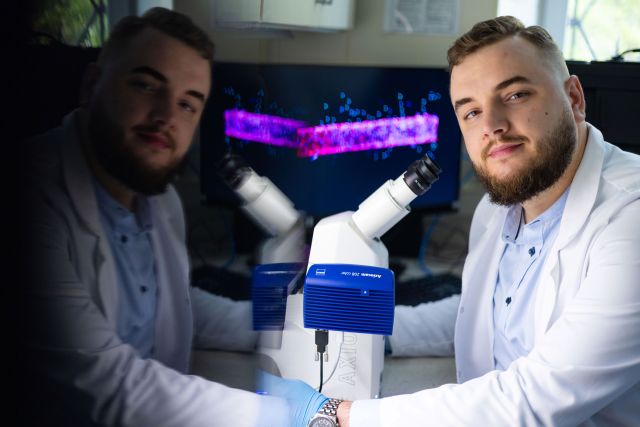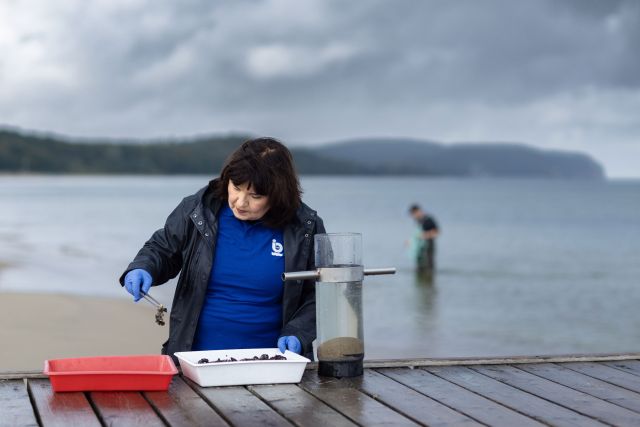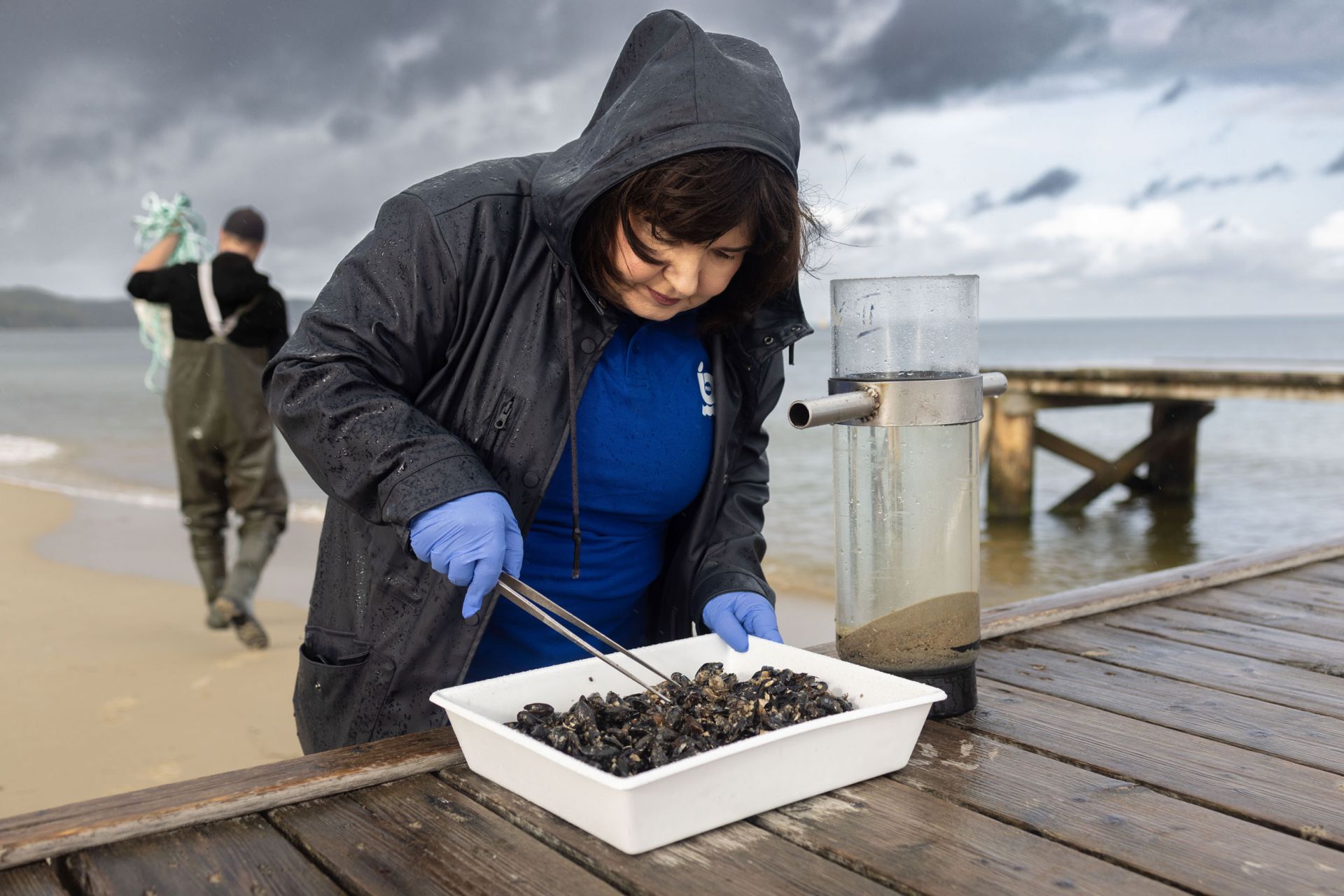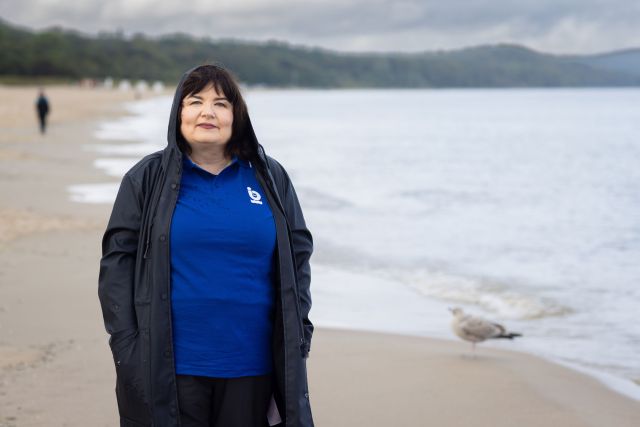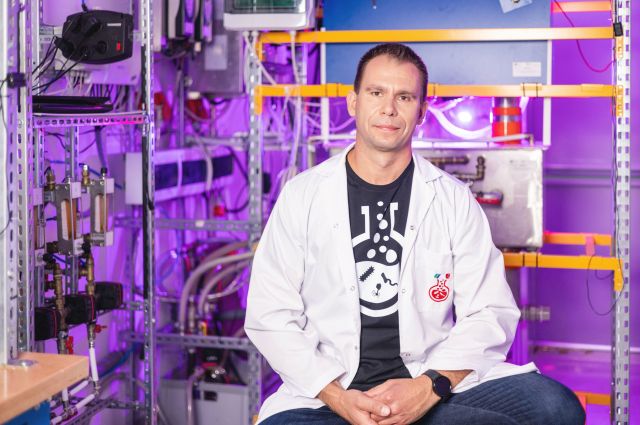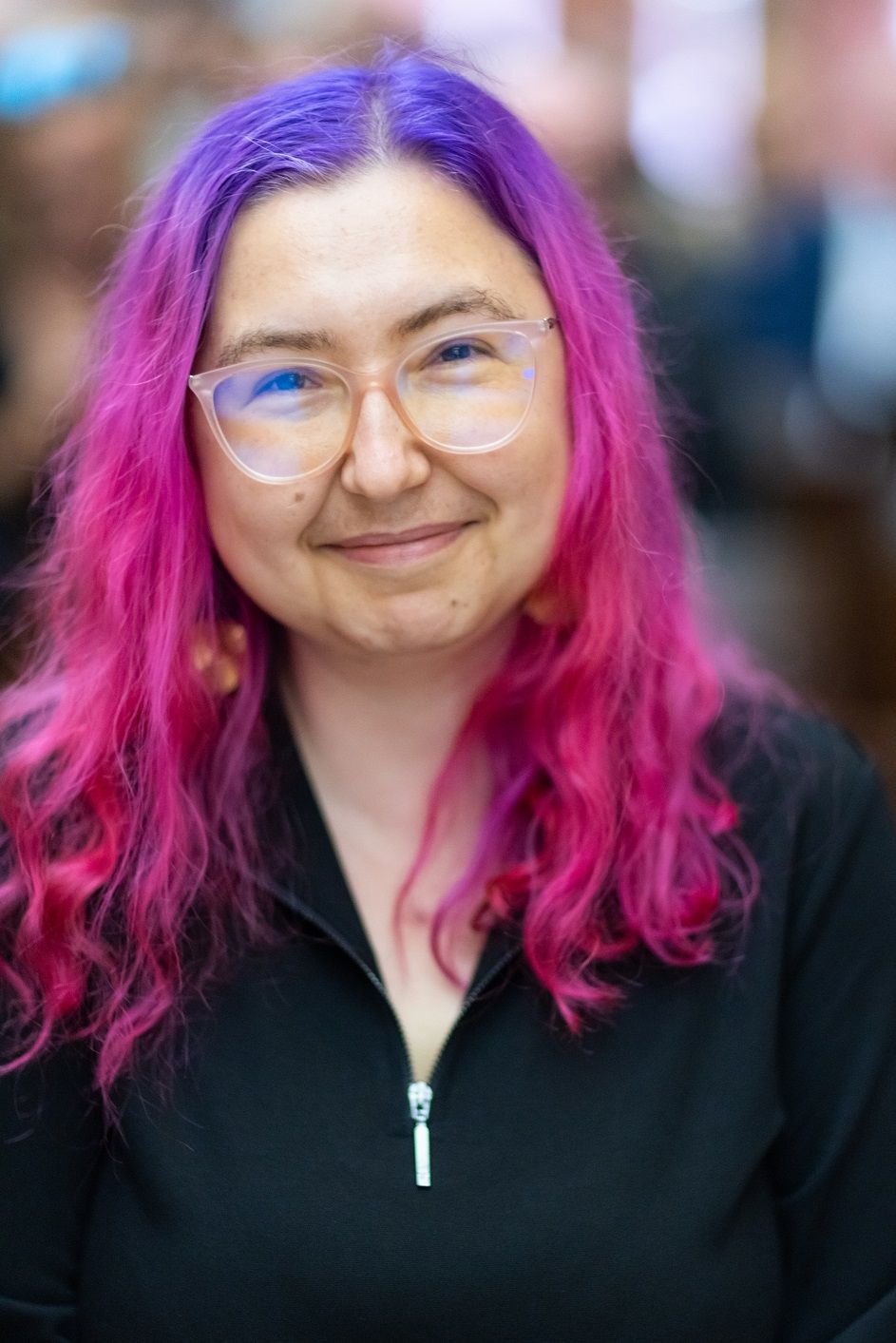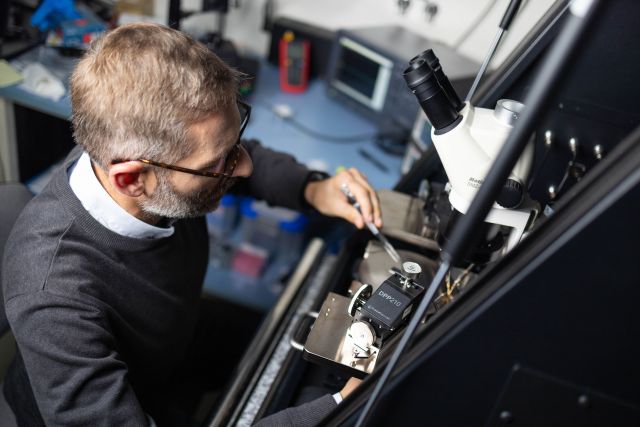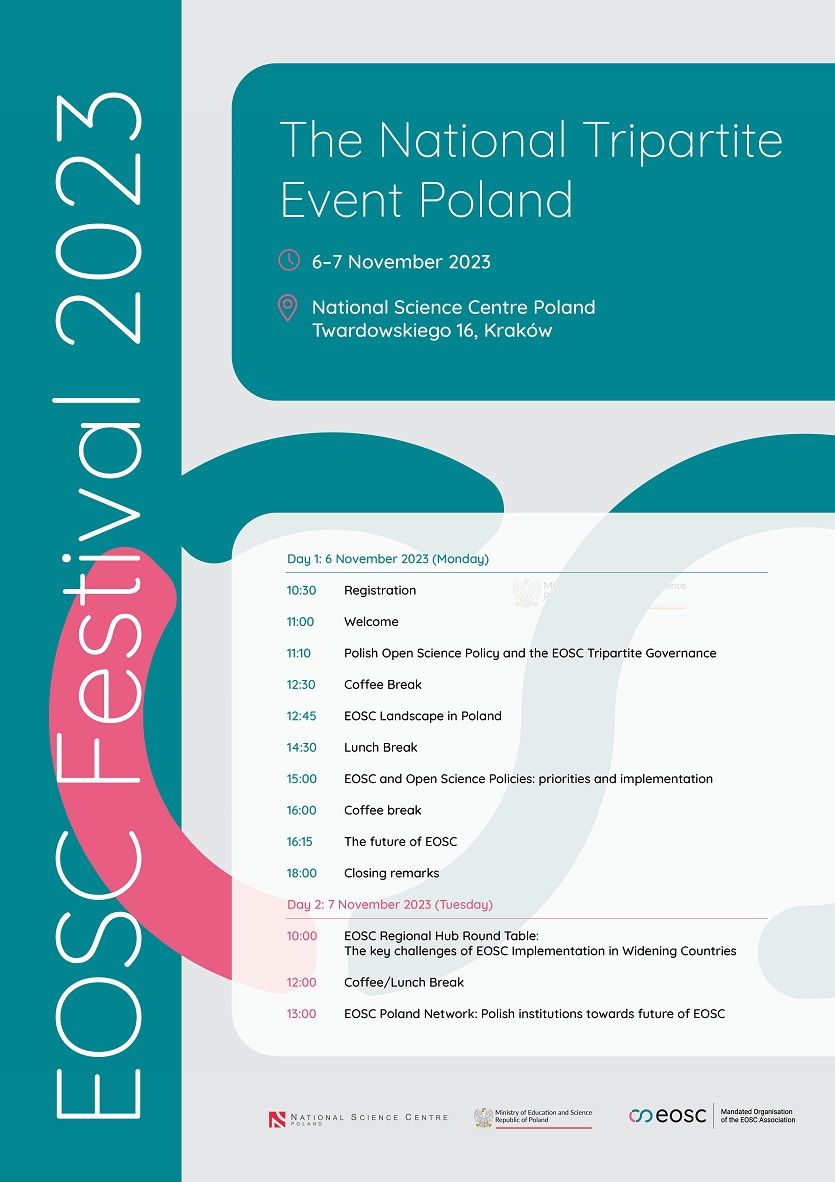The MINIATURA 7 call for research activities was open to researchers employed at the Polish research institutions who were conferred their PhD degree after 1 January 2011. The NCN funding will allow the early-stage researchers to get their first grant implementation experience and to prepare the basis for research projects that will be later submitted to the NCN calls or other national or international calls for proposals.
Sixth ranking list
 Research activities under MINIATURA 7 can be carried out in the form of preliminary/pilot studies, library and archive searches, fellowships, research visits and/ or consultations. The winners of the sixth and final round of the call address a variety of research subjects important and relevant for the societies and the environment of the 21st century. The subjects include human existence in virtual reality, optimisation of disease therapy or innovative methods of counteracting the negative impact of civilisation development and human activity in nature.
Research activities under MINIATURA 7 can be carried out in the form of preliminary/pilot studies, library and archive searches, fellowships, research visits and/ or consultations. The winners of the sixth and final round of the call address a variety of research subjects important and relevant for the societies and the environment of the 21st century. The subjects include human existence in virtual reality, optimisation of disease therapy or innovative methods of counteracting the negative impact of civilisation development and human activity in nature.
The largest group of winners on the ranking list represents Life Sciences. They will carry our 98 research activities worth a total of over PLN 4.5 million, including activities oriented towards improving or seeking new therapies for human diseases, including cancer. Paweł Hikisz from the University of Lodz will carry out a preliminary/pilot study as part of the activity entitled “Pyrazoline derivatives condensed with chromanone or flavanone in colorectal cancer therapy: analysis of molecular anticancer activities”. Joanna Bogusławska from the Medical Centre of Postgraduate Education will address the impact of probiotic strain L. lactis on gene expression in keratinocytes, looking for therapeutic potential in the treatment of psoriasis.
82 researchers selected in Physical Sciences and Engineering will tackle, inter alia, the problems of natural or man-made disasters disasters. One of the funded activities is a fellowship of Piotr Kopka from the National Centre for Nuclear Research who will travel to Japan where he will be involved in the reconstruction of the source term from the Fukushima Daiichi Nuclear Accident using the JRODOS system and measurement data at the Fukushima University. Emilia Karamuz will research the application of novel measurement methods to improve the description and modelling of drought at the Institute of Geophysics, Polish Academy of Sciences. Nearly PLN 3.2 million will be spent on research activities in the field of Physical Sciences and Engineering.
In Arts, Humanities and Social Sciences, the MINIATURA grants will go to 58 researchers, including Marcin Rządeczka from the Maria Curie-Skłodowska University in Lublin who will go on a research visit to analyse the therapeutic chatbots bias in artificial intelligence mental health technology algorithmic fairness bias mitigation strategies. Dagmara Gałajda from the University of Silesia in Katowice will carry out a preliminary/pilot study on Generation Z, group dynamics, communicative competence, willingness to communicate, digital body language, well-being, Danish higher education, and Polish higher education. Over PLN 1.6 million will be spent on research activities in the field of Arts, Humanities and Social Sciences.
The sixth ranking list – funding per panel
- Arts, Humanities and Social Sciences: 58 research activities, PLN 1,642,014
- Physical Sciences and Engineering: 82 activities, PLN 3,193,840
- Life Sciences: 98 activities, PLN 4,563,147
The total value of research activities on the MINIATURA 7 ranking list is exactly PLN 9,399,001.
About MINIATURA 7
The main objective of the call is to finance research activities carried out in preparation for future research projects that will be submitted to NCN calls for proposals, as well as other domestic and international calls. Researchers can apply for funding from PLN 5,000 to PLN 50,000 for a research activity planned over a period of up to 12 months.
Funds for research activities carried out under the MINIATURA 7 call were divided proportionally between the months during which proposals were accepted. In this edition, the submission deadline was 31 July 2023.
MINIATURA was first announced in 2016. The original idea was to increase the numbers of NCN programme winners, encourage applicants from smaller academic centres and reduce interregional inequalities. A total of over 3.8 thousand research activities have been funded by the NCN in the previous six rounds of the call.
MINIATURA 7 funding was awarded to 621 proposals: 243 in Life Sciences, 205 in Physical Sciences and Engineering and 173 in Arts, Humanities and Social Sciences.
The success rate was over 34.7%.
The winning applicants include researchers at the onset of their research career: 424 with a PhD degree and 166 researchers with a degree in engineering.
More proposals were submitted by women than men and the majority of winners are female researchers. Funding was awarded to 374 female researchers and 247 male researchers.
74.5% of proposals involve preliminary/pilot studies.
Nearly 83% of all grants will go to universities, with the Jagiellonian University and the University of Lodz leading the fray.
Research activities will be carried out by 85 universities, research institutes of PAS and the Łukasiewicz Centre as well as other institutes. The largest number of projects will be hosted by the Jagiellonian University and the University of Lodz. The top ten institutions with the largest number of research activities to be funded also include the Gdańsk University of Technology, Wrocław University of Science and Technology, Adam Mickiewicz University in Poznań, Warsaw University of Life Sciences, University of Warsaw, Poznań University of Medical Sciences, University of Silesia in Katowice and University of Wrocław.
A total of over PLN 24 million was handed out within the framework of MINIATURA 7.
MINIATURA 7 call annauncement
MINIATURA 7 results
Funding decisions are sent to the ESP ePUAP address indicated in the proposal. If you have not received a decision, please make sure that the address listed in the proposal is correct. If not, contact the person in charge of handling the proposal, as indicated in the OSF system.
 Europe is strong-willed to boost European scientific advantage and excellence in Quantum Technologies (QT), and to expand a competitive European industry in QT creating environment where quantum innovation can thrive attracting investments in this field. National policies act as the foundation upon which Europe's quantum future is built. They provide the necessary framework for countries to invest strategically, collaborate effectively, and contribute to the European leadership in QT.
Europe is strong-willed to boost European scientific advantage and excellence in Quantum Technologies (QT), and to expand a competitive European industry in QT creating environment where quantum innovation can thrive attracting investments in this field. National policies act as the foundation upon which Europe's quantum future is built. They provide the necessary framework for countries to invest strategically, collaborate effectively, and contribute to the European leadership in QT.



